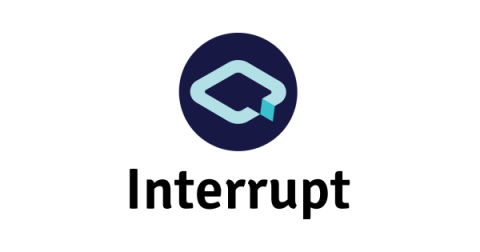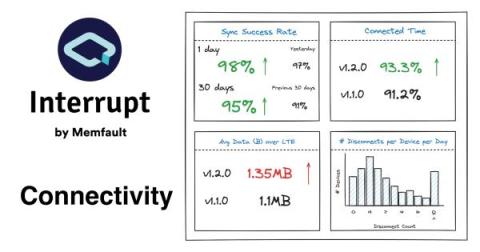Diving into JTAG - Usage Scenarios (Part 5)
In previous articles, we have considered the primary uses of JTAG, including debugging and testing boards in production. For firmware developers, the first - debugging - is the most common. In this article, I want to look at two uses of JTAG Boundary Scan, which are also common tasks for a firmware developer: board bring-up and reverse engineering. Like Interrupt? Subscribe to get our latest posts straight to your inbox.



